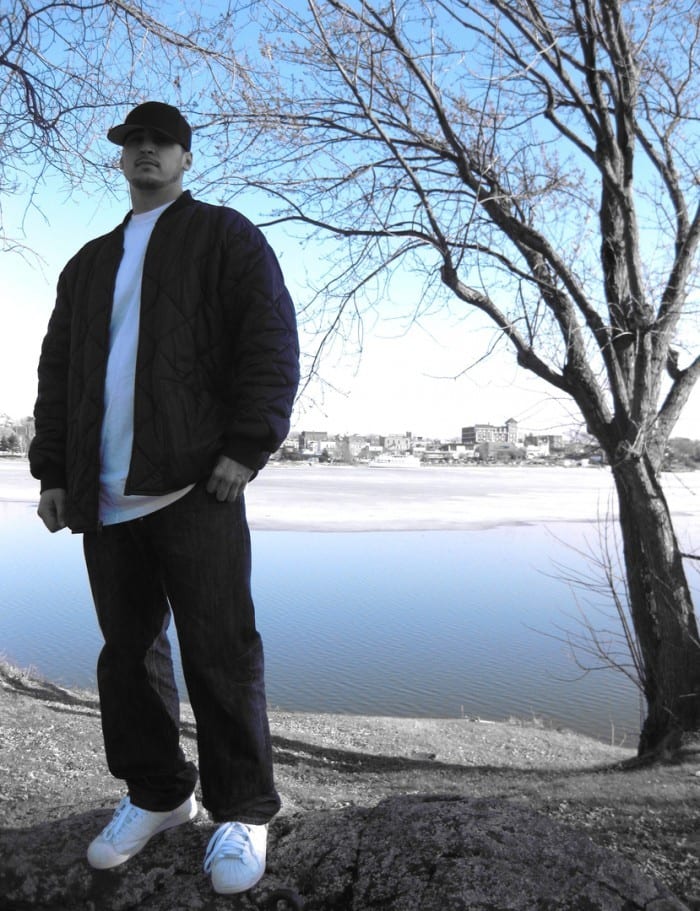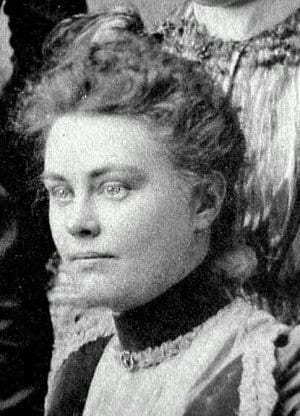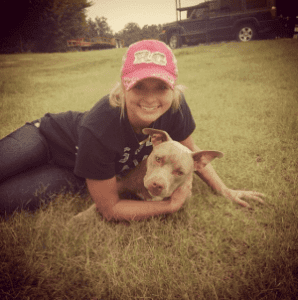
Also Read: Melanites is celebrating brown boyhood
For a variety of historical and cultural reasons, conventional education is often devalued among Native students in North America. Because of the history of boarding schools in the United States and the residential schools in Canada, approaching western modes of education can be a challenge. The children that attended these schools experienced many traumatic losses. They were exposed to physical, psychological and sexual abuse that carried on for years. As a result, many Natives today suffer from a cultural disconnection that remains at the heart of our nation.
But what can Native students do to help enhance their education? Cultural isolation and poverty are only a few factors that come into play when discussing Native experiences on campus. Acknowledging educational disparity is important, but recognizing that it also intersects with race, class and gender is equally important. These multidimensional constructs interplay and affect education, adjustment, substance abuse and crime; consequently overwhelming Native communities.
According to the National Center for Statistics (NCES), Native students have the lowest graduation rates for public high school in the United States—and that’s not all. Statistically, Native students have some of the most troubling numbers against them. According to Indian Country Today Media Network reporter, Simon Moya-Smith, “Native American students will continue to remain the minority among minorities through 2019, according to federal government projections”. The NCES also reports that the number of Native students will gradually decrease through the next five years and drop from 1.1 percent to 1 percent. Meanwhile, the U.S. Census Report projects that the Native population will increase.
It is fair to say that Native students deal with a much different type of stress than their peers. “Every [Native] alive today has been affected by the policy of assimilation implemented by the United States government not that long ago,” stated Simon Moya-Smith. And there is new evidence that suggests that Native students experience stress due to intergenerational trauma.
According to Michelle M. Sotero, an instructor in health care administration and policy at the University of Nevada, intergenerational trauma is a symptom of psychological distress that offers a three phase definition. In the first phase, mass trauma is inflicted such as colonization or war. In the second phase, signs of clinical trauma are present. Finally, the trauma is passed along to the next generation. Sotero goes on to explain how intergenerational trauma continues to undermine psychosocial health and overall emotional well-being. It has also been linked with more contemporary stressor experiences.
Boarding schools were established by the US military with the belief that Native culture was inferior to modernizing society, and that Native children could be successfully assimilated by adopting Christian beliefs. “An Army officer, Richard Pratt, founded the first of these schools. He based it on an education program he had developed in an Indian prison,” said NPR reporter, Charla Bear.
Tens of thousands of Native children attended boarding and residential schools and many of them faced inhumane abuses. For the United States and Canadian government, this was the solution to the so-called Indian problem. Students were taught to suppress their Native language and were discouraged from practicing their traditions. They lived in substandard conditions and were exposed to government experiments, torture and rape.
NPR reporter Charla Bear, tells the first hand story of a survivor. In 1945, Bill Wright, a Patwin Indian, was sent to the Stewart Indian School in Nevada at the age of six. Wright remembers an administrator at the school striking a student. “Busted his head open and blood got all over,” Wright recalls. “I had to take him to the hospital, and they told me to tell them he ran into the wall and I better not tell them what really happened.”
Wright explains how he still is haunted by nightmares from the severe discipline and talks about how he and other former students have inadvertently re-created that harsh environment within their own families.
“You grow up with discipline, but when you grow up and you have families, then what happens? If you’re my daughter and you leave your dress out, I’ll knock you through that wall. Why? Because I’m taught discipline,” Wright said.
Boarding schools and residential schools in Canada directed a platform toward assimilation and migration, rather than preparing students academically, socially or vocationally for urban life. The intent was clear; it was to completely transform them inside and out. Teachers who educate Native children today must understand this history. They must treat each child as an individual within the tribal structure and not a product of their disposition. It is also important to understand that students from collective cultures have a different scope of identity formation and motivational outcomes.
Native students can be exposed to new and exciting ways in which different communities have worked to reconstruct the foundations of familial systems that are directly related to the education of their children. One educator in Canada does that by teaching about the power of healing. Shibastik is a Northern Cree painter, lyricist and hip-hop artist. He is a member of the Moose Cree First Nation, Moosonee, Ont. He is a proud hunter and was taught to live off the land utilizing the traditional seven grandfather teachings.
Through his work in human services, Shibastik has received a wide variety of training in everything from cognitive and dialectical-behavioral therapy, to building sweat lodges and managing sharing circles. He also runs a series of workshops called Healing Through Hip Hop and Hurt People Workshop, which focuses primarily on a discussion of the intergenerational effects of the residential schools in Canada. “We do not have these issues because we are Native,” says Shibastik. “We have these issues as a direct result of our historical trauma.” Shibasitik told College News Magazine from a camp near Moose River, Ont., that he hopes to raise awareness about intergenerational trauma and to promote healing. His workshops focus on that very issue and illustrates a way for Native youth to cope.
The reconnection and return of Native people once separated from their traditions involves both unity and self-determination, but it is through collaboration and the strengthening of kinship systems that will direct their recovery. To overcome the devastation of the federal government’s policy of assimilation and to heal from the boarding school movement, we must listen to the voices of our children and the wisdom of our elders.











-231x300.jpg)


